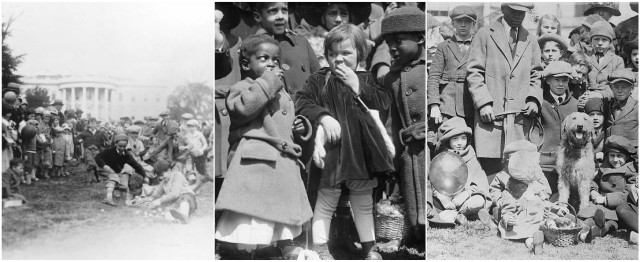Egg rolling is a highly popular part of the Easter tradition that usually takes place on Easter Monday. While every country has different versions of the game, it is often played with hard-boiled, decorated eggs placed along a starting line on top of a hill or slight incline.
Contestants release their eggs, and the objective is usually to see which egg can go furthest without breaking. However, there is another version of the game where the contestants push the egg by using a spoon in a race to the finish line.
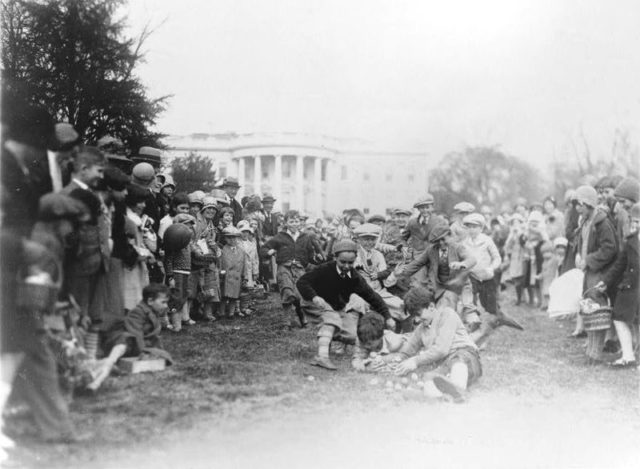
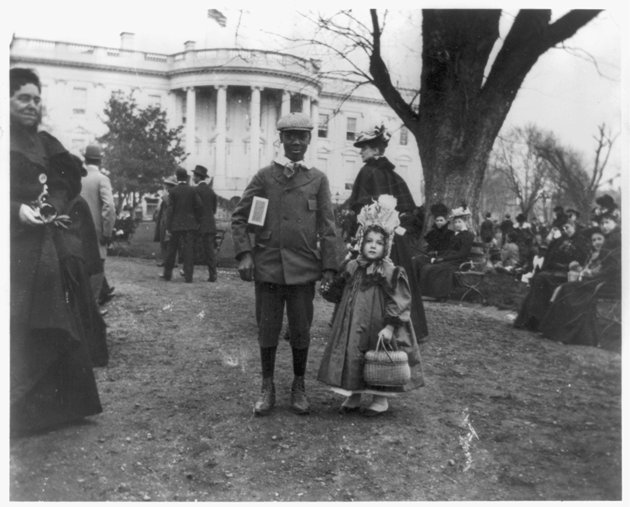
It is unclear what the exact symbolism of egg rolling is, but it is believed that this tradition has its roots in pagan Saxon traditions and symbolizes the rebirth of the land in spring. The connection between Christianity and this tradition suggest that it possibly represents the rolling away of the rock from Jesus Christ’s tomb.
In England, Germany, Denmark and other European countries, children have traditionally rolled eggs down hillsides at Easter for centuries and immigrants from Europe brought the custom with them to America and thus we have the White House egg roll.
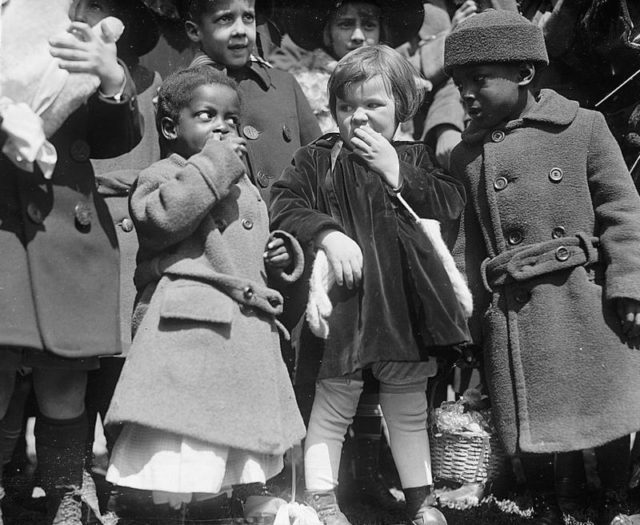
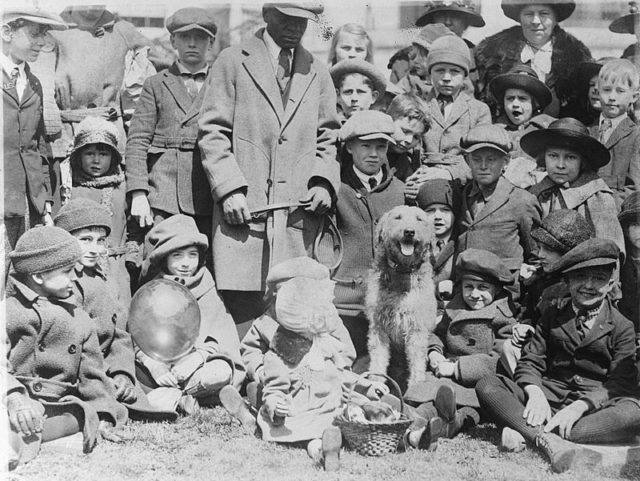
The White House Easter Egg Roll is one of the oldest presidential traditions and also one of the largest annual events hosted by the administration. The tradition officially started in 1878, but some historians note that first lady Dolley Madison, the wife of President James Madison, initially proposed the idea of a public egg roll at the beginning of the 1800s.
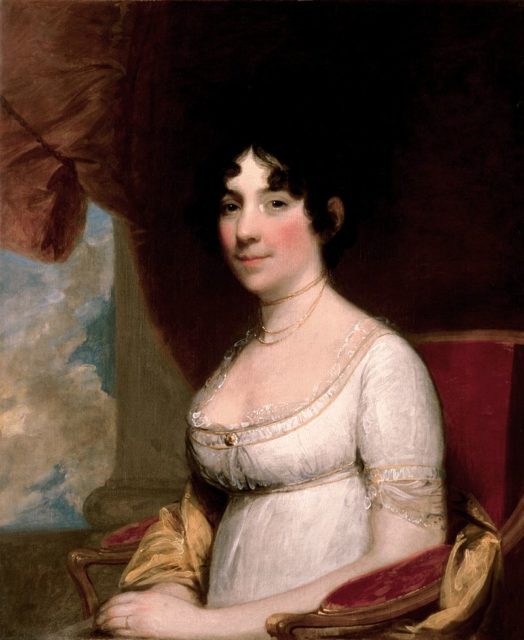
Other sources state that kids have been rolling dyed hard-boiled eggs on government grounds since President Lincoln’s administration. The original site of the event before 1878 was the grounds of the United States Capitol, but members of Congress who were concerned about the landscaping at the Capitol passed a law in 1876 to ban egg rolling on Capitol grounds.
In 1877, rain washed out Easter festivities. However, the following year the event was moved to the White House after President Rutherford B. Hayes was approached by a group of young children asking whether they could use the low hills of the White House’s South Lawn to roll eggs. He opened the White House grounds for the egg rollers, thus starting a tradition that has lasted for nearly 140 years. Over the years, the event has been canceled only because of bad weather and during World War I and World War II.
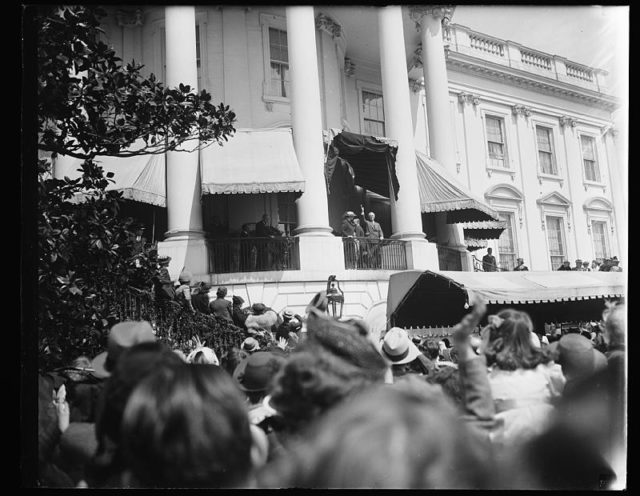
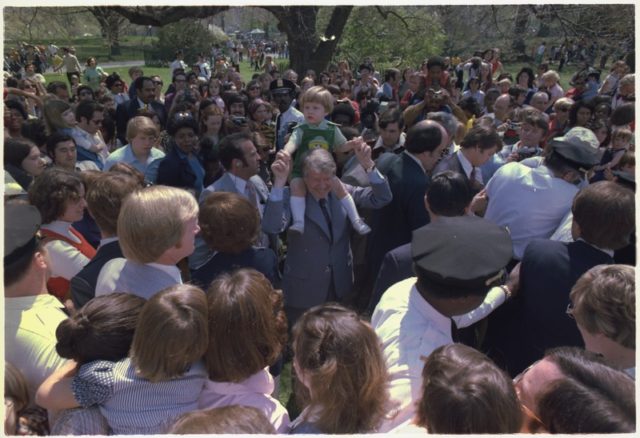
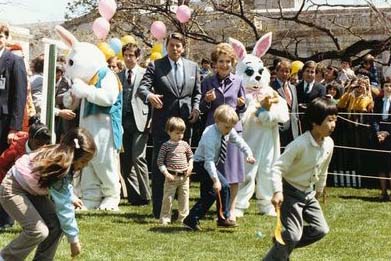
Throughout the event’s 139-year history many other traditions were started on the South Lawn. In 1969, the White House Easter Bunny made his first appearance thanks to Pat Nixon, wife of President Richard Nixon.
Five years later, the egg-rolling race, with spoons borrowed from the White House kitchen, was introduced for the first time. In 1981 President Reagan was the first to introduce the “Egg Hunt Pits,” Broadway performances and balloons from the Macy’s Thanksgiving Day parade.
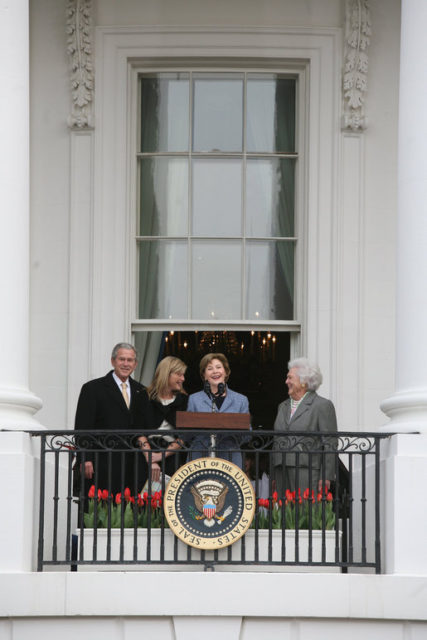
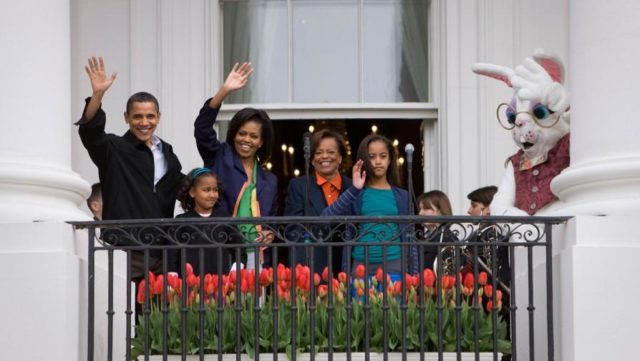
The Easter Egg Roll that started with only a few local children rolling eggs on the White House’s South Lawn back in 1878 it is now the largest annual event hosted at the White House, and more than 35,000 tickets were distributed by a public lottery last year.
Read another story from us: The Easter Bilby is the Australian alternative to the Easter Bunny
This year’s event will feature a music stage, reading nook, egg roll, and other fun events. The Easter Egg Roll will be live-streamed from the South Lawn of the White House so you can follow along at home.
